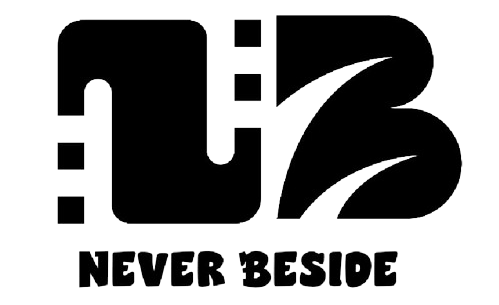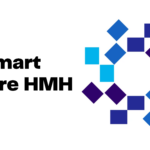The Impact of Regulatory Changes on Electrical Enclosure Manufacturing

In the rapidly evolving landscape of electrical engineering, regulatory changes often dictate the pace and direction of manufacturing innovations. Electrical enclosures, as critical components in protecting electrical systems, are particularly affected by these regulatory standards.
This article examines how recent changes in regulations are shaping the manufacturing processes, design considerations, and material choices for electrical enclosures.
Introduction to Regulatory Impact
Electrical enclosures must meet specific safety, environmental, and operational standards that vary significantly across different regions and industries. As these regulations evolve, electrical enclosure manufacturers must adapt quickly not only to stay compliant but also to maintain or improve market competitiveness.
Overview of Recent Regulatory Changes
Recent years have seen a tightening of regulations regarding electrical safety, environmental sustainability, and energy efficiency.
These include updates to international standards like the IEC (International Electrotechnical Commission) standards, changes in the NEC (National Electrical Code) in the United States, and the introduction of the RoHS (Restriction of Hazardous Substances) in the EU. Each of these regulatory frameworks impacts how enclosures are designed and what materials can be used.
Safety and Protection Enhancements
One of the primary concerns of regulatory bodies is the safety and protection offered by electrical enclosures against access, fire, and mechanical impact.
For instance, changes in safety regulations often require improvements in the design of enclosure doors and locks to prevent unauthorized access and ensure that the enclosures can withstand harsher environmental conditions without degrading.
Environmental Compliance
Environmental regulations such as RoHS and REACH (Registration, Evaluation, Authorization, and Restriction of Chemicals) in Europe focus on restricting the use of certain hazardous materials in electrical and electronic equipment.
These regulations force manufacturers to reconsider materials traditionally used in enclosure manufacturing, like certain plastics, paints, and metals, pushing them towards more sustainable alternatives.
Energy Efficiency Standards
With a growing emphasis on energy efficiency, regulations now often mandate the minimization of energy waste within electrical systems.
Enclosures play a role in this by needing to be designed to manage heat more efficiently, either through improved passive cooling designs or by integrating active cooling systems without significantly increasing power consumption.
Adaptation and Innovation in Manufacturing
To comply with these regulatory changes, manufacturers are adopting advanced technologies such as 3D printing and automated manufacturing processes.
These technologies allow for rapid prototyping and testing of new enclosure designs to ensure compliance before full-scale production.
Additionally, the use of modular designs and customizable enclosure systems is becoming more prevalent to meet specific regional requirements quickly.
The Role of Certifications
Certifications have become more crucial than ever as a means of verifying compliance with both national and international standards. Manufacturers must navigate a complex landscape of certification processes, often maintaining multiple certifications for different markets.
This not only impacts the design and material choice but also the testing procedures and quality control measures employed by manufacturers.
Conclusion
Regulatory changes are a significant driver of innovation in the electrical enclosure manufacturing industry. These changes challenge manufacturers to continuously evolve their products and processes to meet higher standards of safety, efficiency, and environmental responsibility. As regulations continue to evolve, manufacturers must remain agile, leveraging new technologies and materials to stay ahead of compliance curves and market demands

































































